Advances in Dental Instruments: Enhancing Patient Experience
March 15, 2024 2024-11-21 6:59Advances in Dental Instruments: Enhancing Patient Experience
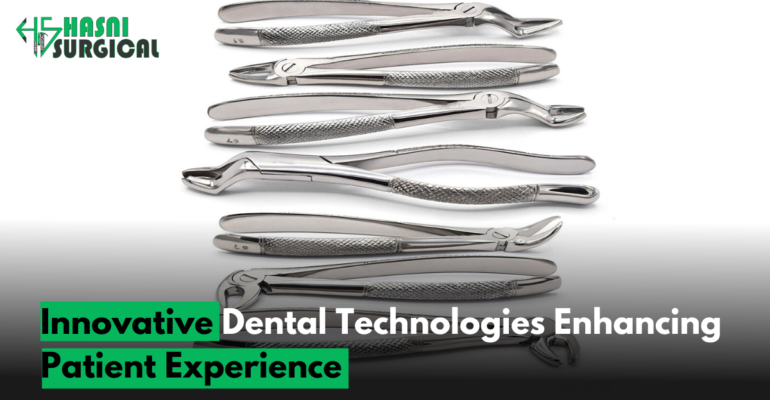
Advances in Dental Instruments: Enhancing Patient Experience
Dental Instruments
The field of dentistry has witnessed remarkable advancements in recent years, propelled by innovative technologies that have revolutionized traditional practices. Technological innovations have transformed dental instrument procedures and enhanced the patient experience. Dentists now have access to advanced tools that improve efficiency, accuracy, and comfort from diagnosis to treatment.
Digital Imaging and 3D Printing: Precision and Personalization
Gone are the days of traditional X-ray films. Digital imaging techniques like CBCT and intraoral scanners have transformed dental instrument imaging. CBCT delivers detailed 3D images for better diagnosis of dental issues. These high-resolution images provide clear views of anatomical structures, improving treatment planning and patient outcomes.
Intraoral scanners are essential in modern dentistry, replacing traditional dental impressions with digital scans of teeth and gums. They eliminate discomfort from impression materials and provide accurate digital models for crafting crowns, bridges, and other dental instrument restorations.
Also read: Coronavirus latest: at a glance
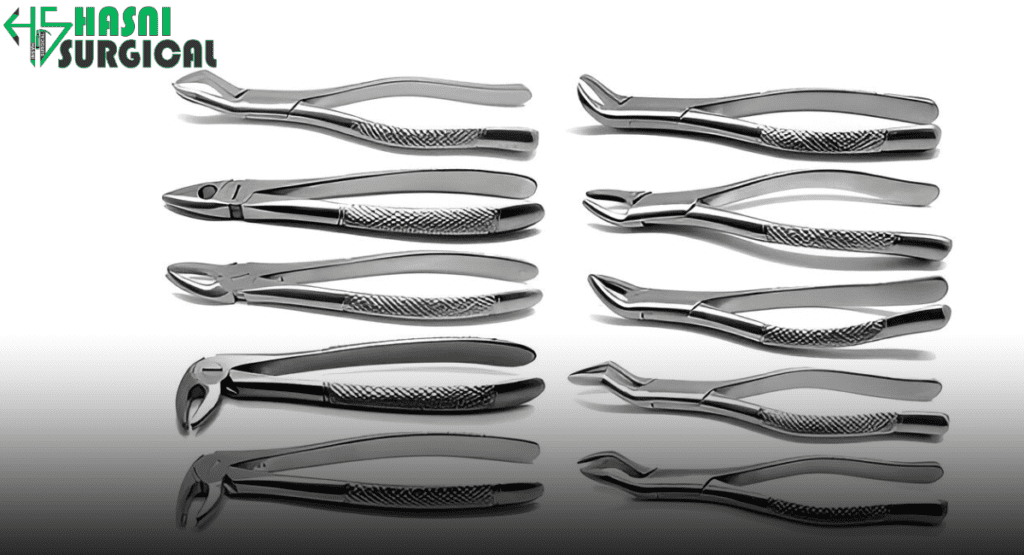
3D Printing:
3D printing enables rapid prototyping of dental instruments, allowing dentists to quickly refine designs before final fabrication. This iterative process not only saves time but also enhances the quality and precision of the final product.
3D printing creates precise surgical guides for faster, less-invasive dental instrument placement.
Digital imaging and 3D printing are revolutionizing dentistry with precise diagnostics, tailored treatment planning, and custom prosthetics. These technologies enhance care quality, reduce discomfort, shorten treatment time, and improve outcomes.
Laser Dentistry: Redefining Precision and Comfort in Dental Procedures
Laser dentistry stands at the forefront of technological innovation, offering dentists a precise and minimally invasive alternative to traditional methods.
Enhanced Precision and Accuracy:
One of the primary benefits of laser dentistry is its unparalleled precision and accuracy. Lasers can target specific areas with pinpoint accuracy, allowing dentists to perform procedures with minimal damage to surrounding tissues. This precision is especially valuable in delicate procedures like gum contouring, where small adjustments are crucial. Lasers reduce human error and ensure consistent, optimal results by eliminating the need for manual tools.
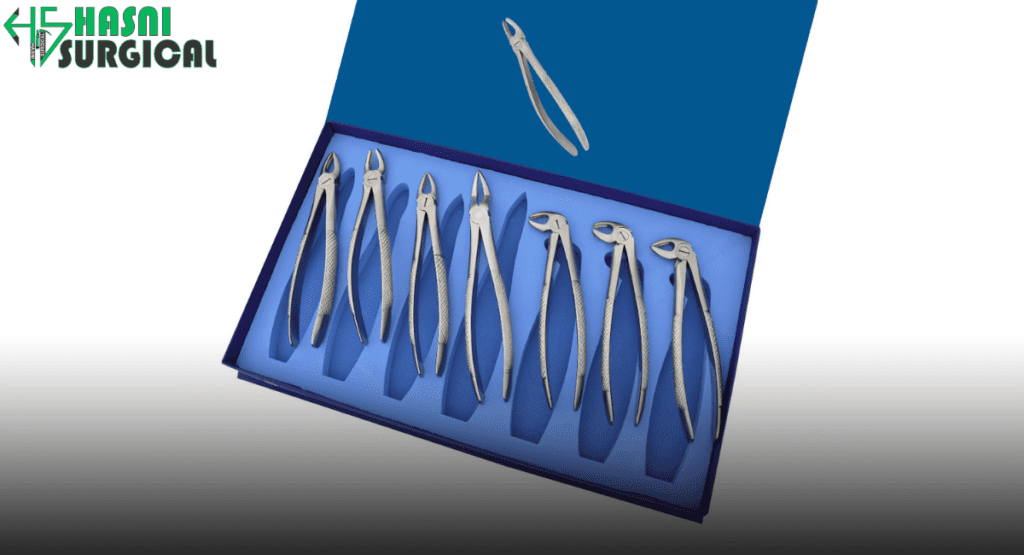
Minimally Invasive Treatments:
Laser dentistry offers minimal invasiveness, leading to quicker healing and less discomfort. Unlike traditional methods that involve incisions and sutures, lasers precisely remove tissue or decay while sealing blood vessels and nerves. This minimizes bleeding, swelling, and pain, allowing patients to recover more quickly and resume their daily activities sooner.
Versatility in dental instruments:
Laser technology is versatile in dentistry and is used for cavity detection, gum disease treatment, root canal therapy, and teeth whitening. It can detect hidden tooth decay, enabling early intervention and preserving natural teeth. They also effectively treat gum disease by removing infected tissue and promoting healthy tissue regeneration.
Improved patient comfort:
Perhaps one of the most significant advantages of laser dentistry is its ability to enhance patient comfort during dental procedures. Laser technology often reduces the need for anesthesia, minimizing discomfort from injections and numbing agents. Its gentle energy also causes less tissue trauma, making the treatment more comfortable for patients.
Conclusion:
Innovations in laser dentistry have revolutionized procedures, providing a more comfortable, precise, and minimally invasive option compared to traditional methods. As technology advances, lasers promise even greater improvements, making dental instrument care more effective and patient-centered.
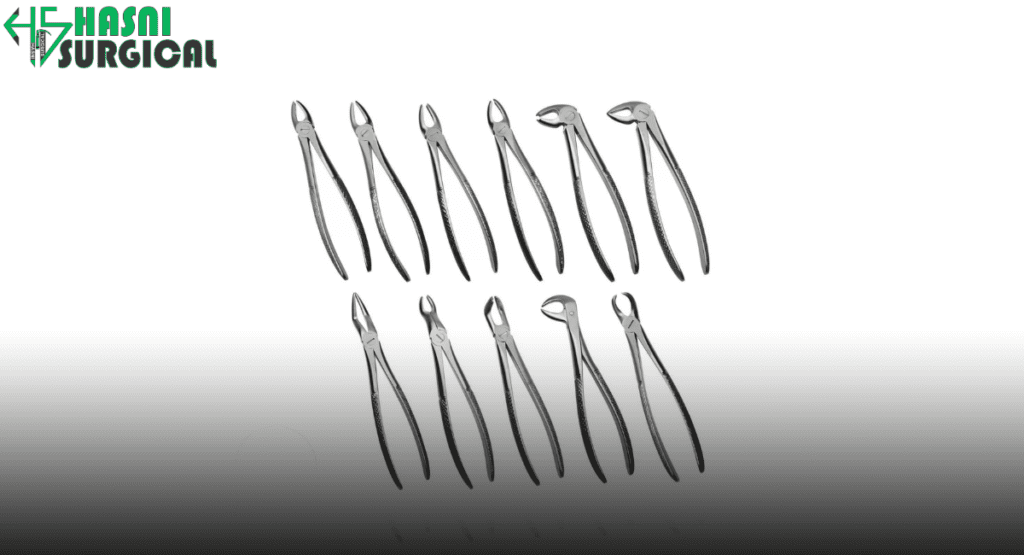
Virtual Reality (VR) and Relaxation Techniques: Redefining the Dental Experience
In dentistry, patient anxiety often arises from fears of discomfort or pain during procedures. To address these concerns, dental professionals are using VR and relaxation techniques to improve patient comfort.
Virtual reality technology immerses patients in a simulated environment, effectively diverting their attention away from the dental instrument at hand. By wearing a VR headset, patients can experience tranquil landscapes, interactive games, or virtual tours during treatment. This immersive experience serves as a powerful distraction, helping patients relax and unwind during their time in the dental chair.
In conclusion, virtual reality and relaxation techniques are transforming dental instrument care, helping patients face their fears with confidence and ease. These innovations enable dental instrument professionals to improve oral health outcomes and overall patient satisfaction.
Artificial Intelligence (AI) in Treatment Planning: Revolutionizing dental instrument Care
Artificial intelligence (AI) has emerged as a game-changer in various industries, and dentistry is no exception. AI tools are now widely used in dentistry to streamline planning, enhance diagnostics, and improve outcomes. This groundbreaking technology is revolutionizing the way dentists approach treatment planning, offering unprecedented insights and efficiency in delivering personalized care.
AI’s impact on dentistry is profound, as it analyzes patient data and images to aid treatment planning. Machine learning algorithms can review records and diagnostic images to spot patterns and risks, helping dentists make informed decisions for more accurate and effective treatments.
AI algorithms can also aid in the early detection of dental instrument conditions and abnormalities, allowing for timely intervention and preventive measures. For example, AI-powered imaging software can analyze dental X-rays and intraoral scans to identify signs of tooth decay, periodontal disease, or other oral health issues with greater accuracy than traditional methods. This early detection not only facilitates prompt treatment but also helps prevent the progression of dental problems, leading to better long-term outcomes for patients.
Moreover, AI-driven treatment planning tools can assist dentists in designing customized treatment plans tailored to each patient’s unique needs and preferences. By analyzing factors such as oral anatomy, occlusion, and aesthetic goals, AI algorithms can generate comprehensive treatment proposals that optimize outcomes while minimizing risks and complications. This level of personalization ensures that patients receive individualized care that is both effective and tailored to their specific requirements.
Furthermore, AI-powered treatment planning systems can enhance collaboration and communication among dental instrument teams, specialists, and patients. By providing real-time access to patient data, treatment plans, and progress updates, these platforms facilitate seamless coordination and continuity of care across multiple providers and settings. This collaborative approach fosters a patient-centric model of dentistry, where the focus is on delivering high-quality, coordinated care that meets the unique needs and preferences of each individual.
In conclusion, the integration of AI into treatment planning represents a paradigm shift in the field of dentistry, offering unprecedented opportunities to enhance diagnostic accuracy, optimize treatment outcomes, and improve patient experiences. As AI technology continues to evolve and become more sophisticated, its potential to transform dental care is virtually limitless. By harnessing the power of AI-driven tools and algorithms, dentists can unlock new possibilities in personalized, precision dentistry, ultimately leading to better oral health outcomes and improved quality of life for patients worldwide.
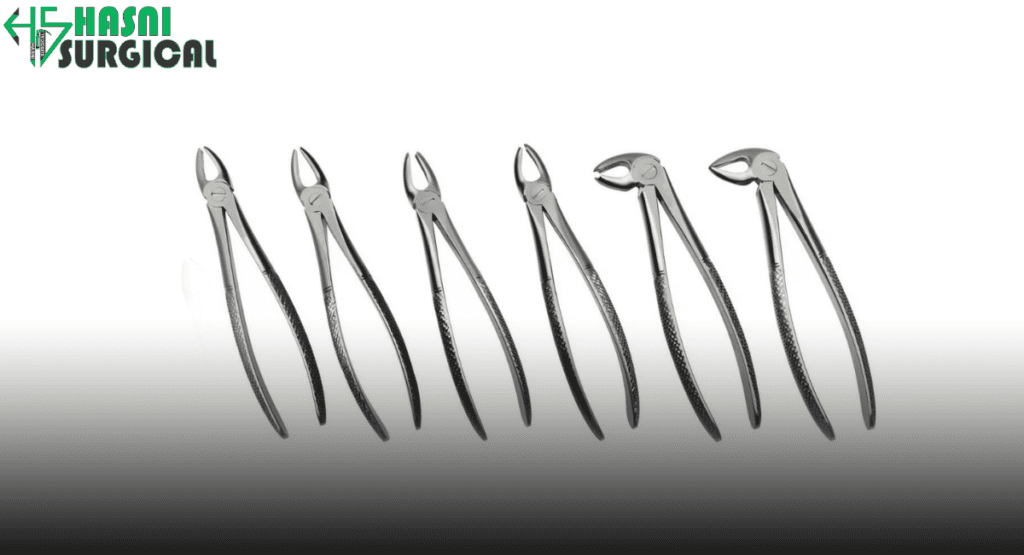
Conclusion: Embracing Innovation for a Brighter Dental Future
Innovation has always been at the heart of dentistry’s evolution, driving progress and transforming the patient experience. As we reflect on the innovative technologies discussed in this blog — ranging from digital imaging and 3D printing to laser dentistry, virtual reality, relaxation techniques, and artificial intelligence in treatment planning — it becomes evident that dentistry is undergoing a profound transformation, guided by cutting-edge advancements.
These innovative technologies are not just reshaping the way dental instruments are performed; they are also redefining the entire dental instrument experience for patients. Digital imaging and 3D printing are revolutionizing diagnostics and treatment planning, allowing for more precise and customized interventions. Laser dentistry is enabling minimally invasive procedures with faster healing times and reduced discomfort. Virtual reality and relaxation techniques are helping patients overcome anxiety and fear, creating a more relaxed and enjoyable atmosphere during dental visits. And artificial intelligence is empowering dentists with data-driven insights and personalized treatment plans, optimizing outcomes and enhancing patient care.
Looking ahead, the future of dentistry is filled with promise and potential, fueled by ongoing advancements in technology and innovation. As dental instrument professionals continue to embrace these transformative technologies, the possibilities for improving oral health outcomes and enhancing patient satisfaction are endless. By leveraging the latest innovations in dental instruments and techniques, dentists can ensure that patients receive the highest quality care in a comfortable, welcoming environment.
Ultimately, the integration of innovative technologies in dental practice represents a commitment to excellence and a dedication to the well-being of patients. By staying at the forefront of technological advancements and embracing a patient-centered approach, dentists can continue to elevate the standard of care and shape a brighter future for the field of dentistry as a whole. Together, let us embrace innovation, harness its power, and embark on a journey towards a healthier, happier smile for all.

